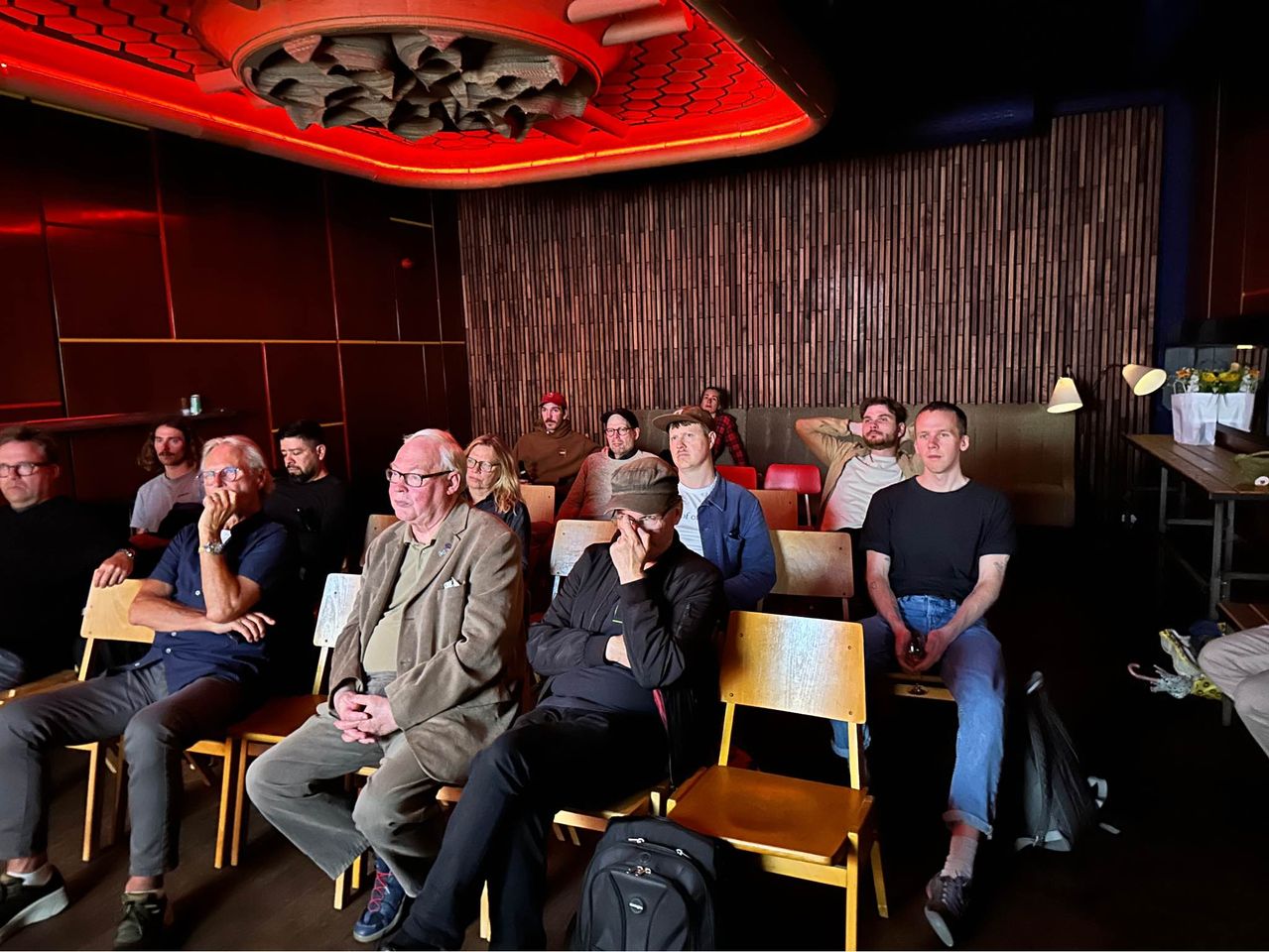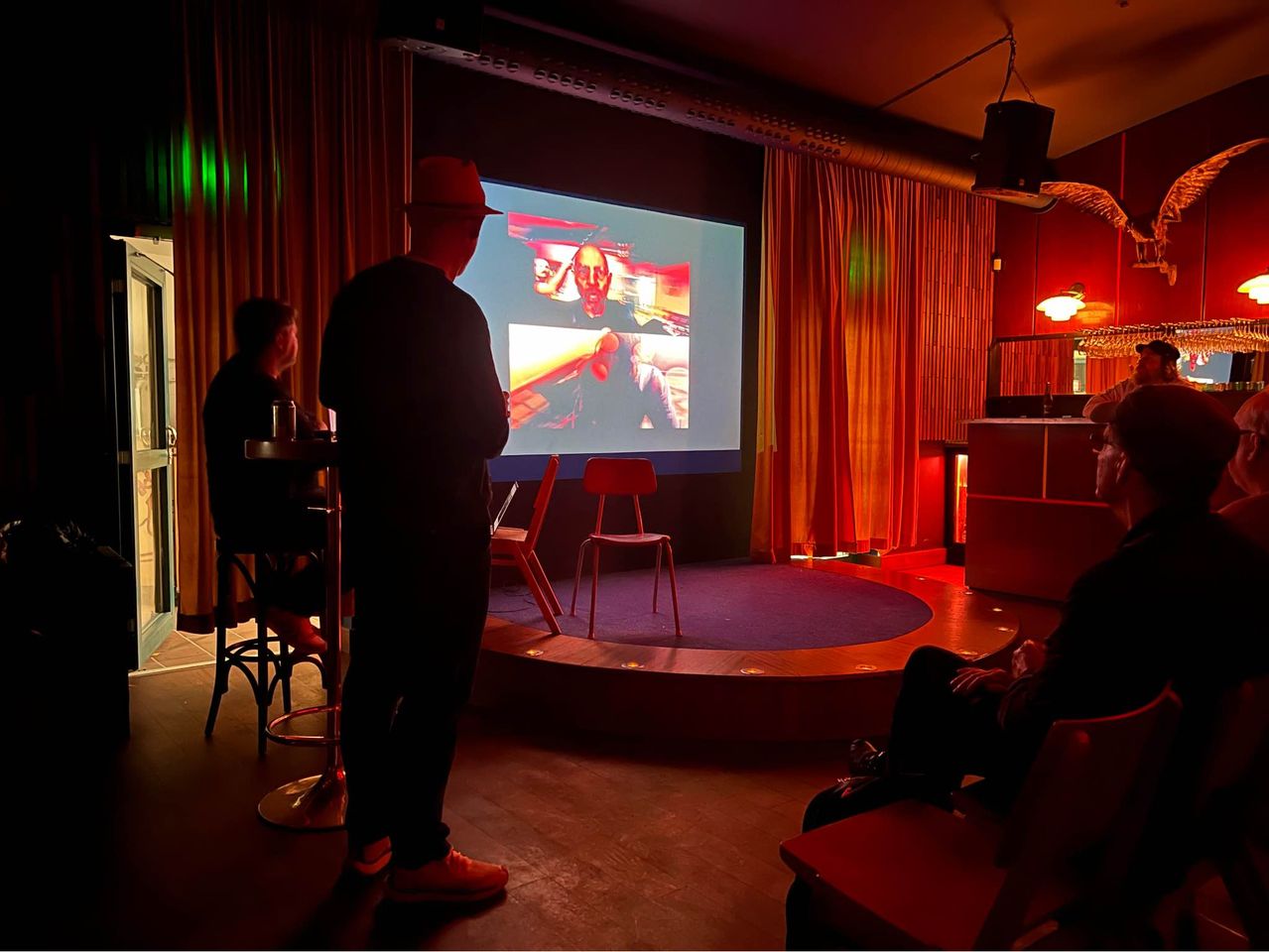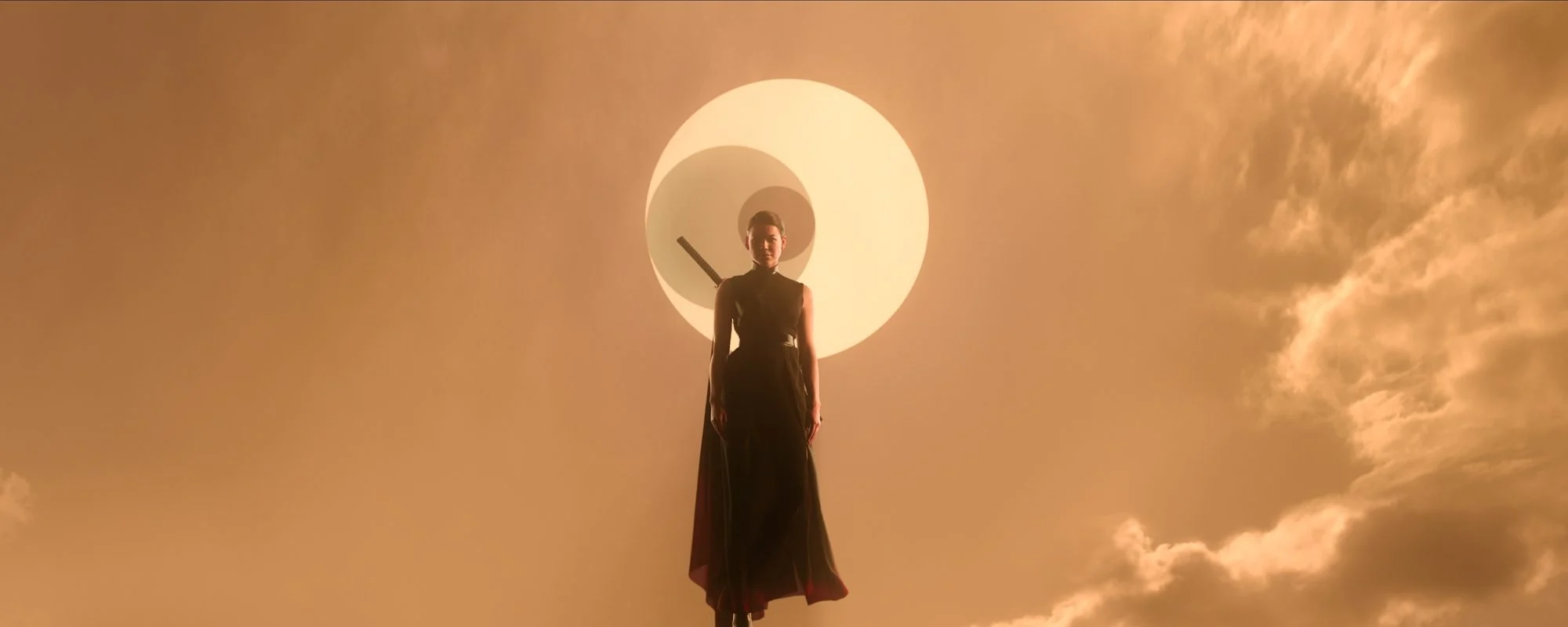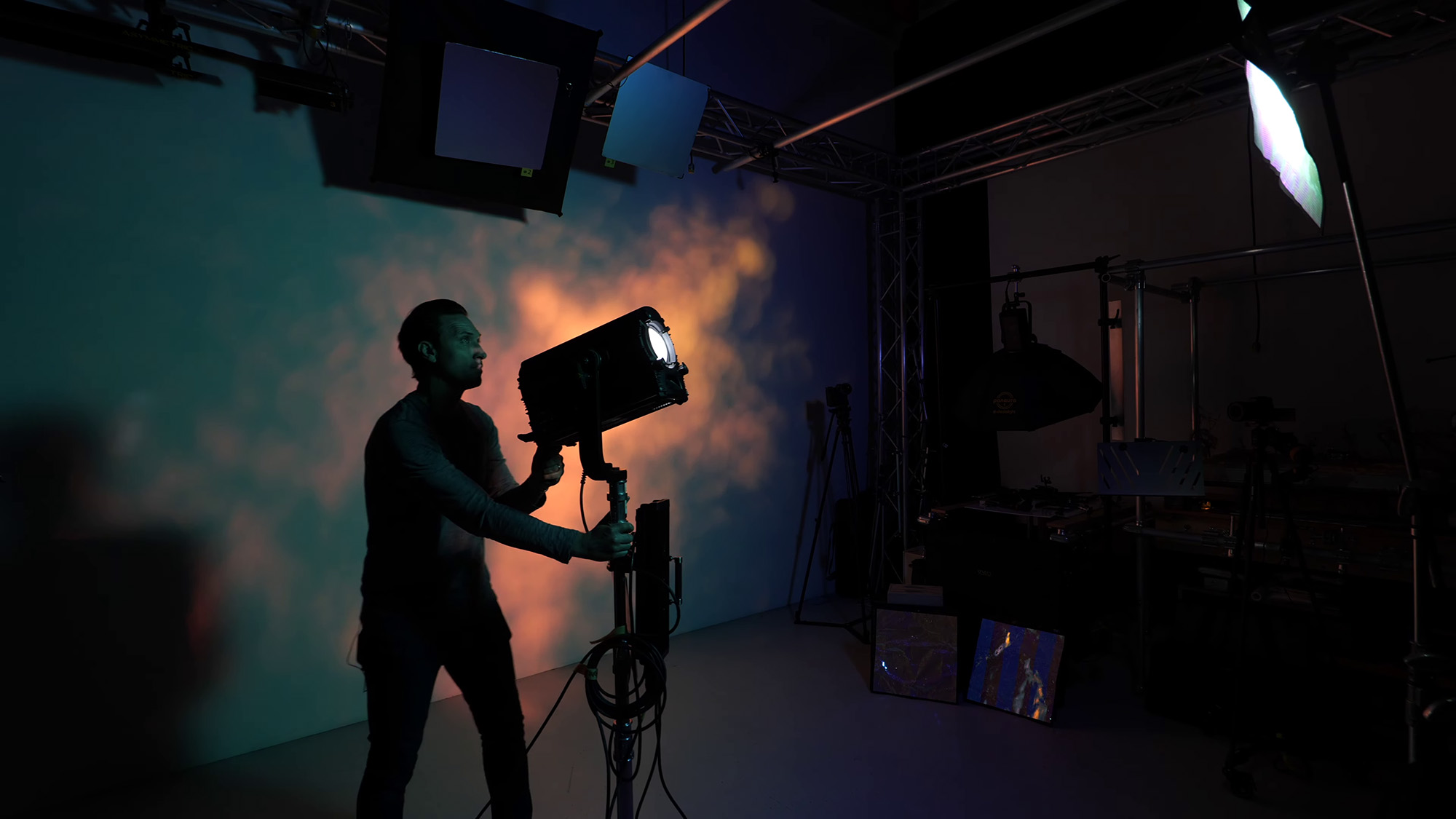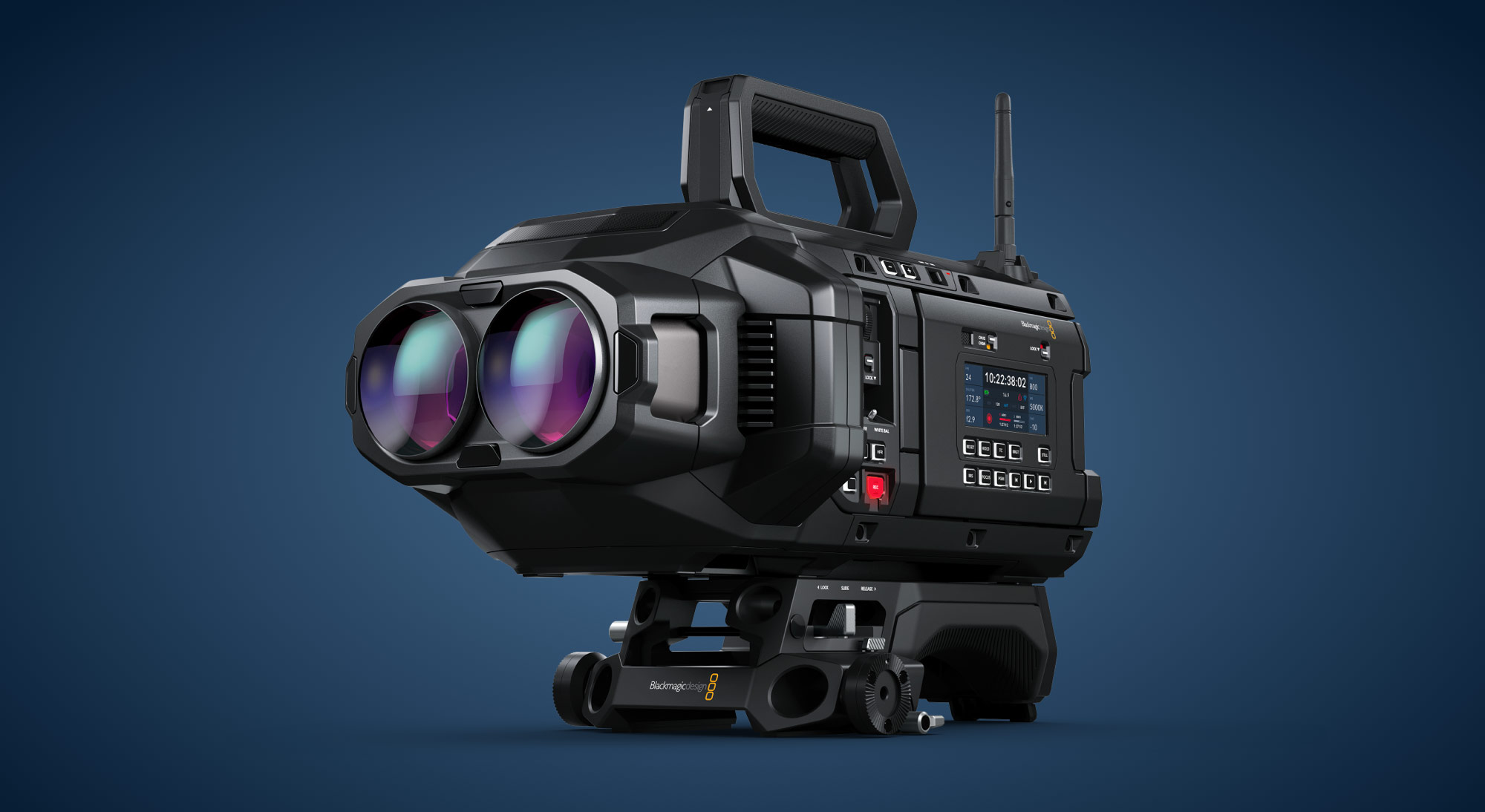VISION 3 – NY FILM FRÅN KODAK
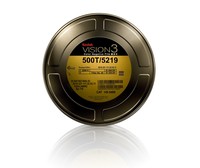
Nu lanserar Kodak sin tredje generation Vision-filmer. Först ut är en 500 ISO film, Vision 3 / 500T, 5219/7219.
Vision 3 / 500T har fått en minskad kornstruktur samt en ökad exponeringslatitud (minst två bländarsteg). En bättre teckning i både skuggor och högdagrar. Vision 3 är än bättre optimerad för skanning, vilket skall ge ett bättre resultat i film-till-digital-processen.
Framöver kommer samtliga Kodaks Vision 2 filmer att ersättas av nya filmer i Vision 3 serien. Det är verkligen glädjande att Kodak fortsätter att utveckla den fotografiska färgfilmen med finare korn, bättre skärpa och en färgåtergivning som vida överglänser allt vad som digital teknik kan erbjuda idag.
En annan glädjande nyhet som jag hörde idag är att det kommer att öppnas ett nytt filmlabb med post-facialiteter i Göteborg i början av 2008. Wild West Shoot & Post blir namnet på det nya företaget som kommer att kunna efterbehandla film i upplösning upp till 4K. Mer härom i nästa vecka.
”Shoot film and go home happy” -Något att tänka på i dessa dagar då RED och andra digitala kameror ligger i startgroparna för att visa vad de går för.
Kodak Introduces New Generation of Motion Picture Camera Negative Film, Advances Imaging Technology
ROCHESTER, NEW YORK, November 29, 2007 — Eastman Kodak Company today unveiled KODAK VISION3 500T Color Negative Film 5219/7219, the first product in a new generation of color motion picture films.
Demonstrating the company’s dedication to film technology and ongoing innovation, the film represents a new emulsion platform incorporating technical breakthroughs that deliver greater efficiencies and expand creative options for filmmakers.
KODAK VISION3 film offers increased exposure latitude and color detail with noticeably reduced grain, especially in the brightest highlights and darkest shadows, which makes this film optimal in extreme lighting situations.
The new film’s proprietary advanced Dye-Layering Technology (DLT) renders finer grain images in underexposed areas and produces cleaner film-to-digital transfers for postproduction. The new emulsion also processes light more efficiently and records greater detail in the highlights for use in digital post.

Designed to retain the imaging characteristics of the KODAK VISION2 500T Color Negative Film 5218/7218 in the normal exposures, the new VISION3 stock seamlessly intercuts with the KODAK VISION2 film family and is now available in 35mm and Super 16mm formats.
Cinematographers around the world have tested the new emulsion in challenging environments. They report that it provides more creative flexibility and efficiencies during both production and postproduction, including digital intermediate (DI) timing.
“The new emulsion has a much wider range of latitude in the overexposed areas,” said Daryn Okada, president of the American Society of Cinematographers (ASC). “I found at least two more stops of range in the highlights, which enabled me to record more details. I got a rich range of colors and skin tones without saturation contamination. Also, there was an almost magical reduction in grain without affecting colors.”
After timing the images in a DI suite, Okada observed, “This new film is very DI-friendly. I could isolate backgrounds and make them darker without introducing electronic noise. I chose to overexpose large parts of the frame in some shots, and it was transparent. That gave me a lot of freedom to fine tune looks. I think VISION3 widens the gap between film and digital imaging.”
Mike Sowa, senior DI colorist at LaserPacific in Los Angeles, collaborated with Daryn (Okada) on timing the test. He noted, “The new stock had much more latitude in low key shots. There were also more details in the brightest highlights, colors looked richer, and I didn’t see any build-up of grain when the film was pushed a stop or two. We had less need for using Power Windows to dig details out of highlights. That gave us more flexibility while timing the DI. We were able to accomplish more in less time than ever before.”
Gary Einhaus, Chief Technical Officer of Kodak’s Entertainment Imaging Division explained some of the product’s advancements. “The technological improvements incorporated in KODAK VISION3 film reduce grain without compromising sensitivity to light, yielding better overall signal-to-noise response and extended highlight latitude,” he said. “Superior detail in overexposure, combined with decreased grain in underexposure, increases image integrity and flexibility in postproduction. It gives cinematographers more latitude to extend exposures into the shadows without fear of excessive grain and into the highlights without loss of image discrimination. The extended dynamic range of the KODAK VISION3 film creates a powerful companion to the tools in DI. Together they further enhance the creative process with the ability to more easily reach into the highlights and shadows without introducing unwanted image artifacts.”
“Kodak has unparalleled expertise in both film and digital imaging and we are firmly dedicated to ongoing innovations in film and hybrid imaging products,” says Mary Jane Hellyar, President of Entertainment Imaging and Executive Vice President, Eastman Kodak Company. “Our customers are telling us what they need to navigate today’s workflow. We have responded with the new KODAK VISION3 platform, adding more workflow efficiencies to all the existing advantages of film – image quality, resolution, dynamic range, flexibility and archivability. Based upon our customers’ expectations for the very highest quality images – and for flexibility and ease of use – Kodak motion picture film continues to deliver the best images possible for a new generation.”
For more information on KODAK VISION3 film, visit www.kodak.com/go/vision3
The Future of Film in a Hybrid World
Kodak’s Kim Snyder is the general manager of Worldwide Image Origination Products for the Entertainment Imaging Division. In response to the latest film technology developed for KODAK VISION3 films, Snyder was asked to highlight the role she expects film origination to play in the motion imaging industry, and the company’s commitment to the future of film. Following is an excerpt of that conversation
Q1: How does this new family of films fit into Kodak’s plan for the future?
A1: This new film platform is an example of Kodak providing solutions to fit the current workflow and to help the technologies of today work seamlessly together. As this industry continues to evolve, Kodak’s leadership in imaging technology will be a driving force by setting standards for image quality, exploring new technologies, improving workflow efficiencies and protecting the creative integrity of content.
Q2: What does this new film offer to the industry?
A2: VISION3 500T film retains the look and superior image structure our customers have come to know and love in the KODAK VISION2 films – and adds many features and benefits that improve film’s overall performance and efficiency throughout the entire motion picture workflow. Our proprietary Dye Layering Technology gives customers noticeably reduced grain in shadows and lower signal-to-noise ratios when scanning low-light scenes. So, cinematographers can push the boundaries of exposure further and still get excellent results. What’s more, the extended highlight latitude gives them greater flexibility when lighting extreme situations, and lets them pull even more detail out of highlights.
Q3: How does this new platform dovetail with Kodak’s digital strategies?
A3: Within Entertainment Imaging, Kodak’s commitment to and investment in film continues. At present Kodak has elected not to participate in the digital motion camera market. We believe the best digital workflow starts with film. For those customers who choose digital capture for creative reasons, there exist many options. Each individual production is unique, and each production decision includes its own prioritizations and trade-offs. Based upon our customers’ expectations for the very highest quality images – and for flexibility and ease of use – Kodak remains firmly committed to camera negative films within the origination segment.
Our silver halide investments incorporate a full systems approach to enable today’s workflow. Additionally, EI is investing in postproduction services as well as its currently available digital cinema portfolio.
Q4: What will Phoenix mean for cinematographers and their ability to tell stories?
A4: VISION3 sets a new standard for image ‘possibility.’ In other words, with VISION3, Kodak is providing a new technology to help our customers push the boundaries of what’s possible with visual story telling and motion imagery.
Q5: What are the implications for the future of film?
A5: Our commitment to film innovation and the satisfaction of our film customers is unwavering. The launch of Kodak’s new motion picture film platform – VISION3 – proves that we believe in the continued viability of silver halide. We are still investing in film technology, and there is more to come.
Q6: What are the implications for film formats like 16mm and S8?
A6: VISION3 500T will be available in 35mm, 16mm and S8 formats.
Q7: What were the needs and wants described by customers that led to this new family of films?
A7: Our industry is very creative and collaborative. As such, customer input is critical to the development of any Kodak product that supports our filmmakers and their craft. Our customers have been very satisfied with the look and image quality of the VISION2 family of films, but they were looking for an expanded range of capabilities. This new product offers the ‘look’ of 5218 in normal exposure. In addition, 5219 has superior latitude; at least two full stops compared to 5218. Further, the image quality of scenes captured with 5219 in the under- and overexposures are improved relative to 5218. Our advanced Dye Layering Technology provides grain improvement in the underexposures. 5219 also offers improved highlight detail compared to its predecessors, which lends an advantage in post. A greater amount of information can be pulled from this film more quickly and efficiently.
Q8: Any points to be made about the pace of innovation in emulsion technology? Can you see a point in the future where film innovation will slow down?
A8: As I stated, our commitment to film innovation and the satisfaction of our film customers is unwavering. We continue to look for ways to push the boundaries of what film can deliver technologically. As marketplace dynamics and technologies continue to evolve, Kodak will be there to provide all our customers in the creative community with a full range of tools and services to help bring their vision to the screen, more faithfully, efficiently, and at the highest levels of quality.
Q9: Can we expect more additions to the VISION3 family?
A9: There are more film products on the roadmap, and not just in capture. Right now, we’re announcing VISION3 500T 5219.
